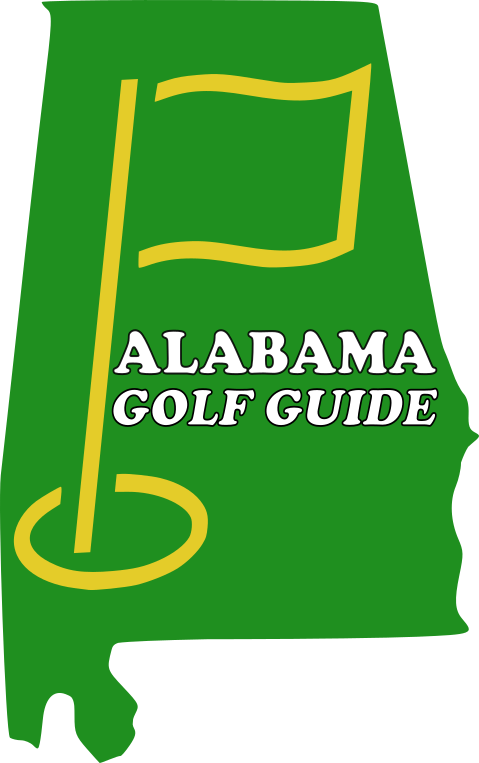What’s the most important piece of equipment in your golf bag? We use our putter more than any other club (40-50% of the time, typically), so the flatstick is certainly a reasonable answer.
Getting the ball in play off the tee is always a plus, and we all want to hit it as far as possible. So, maybe the driver is your choice.
We’re all different with our own ideas on how to play this game and with our own unique strengths and weaknesses. A solid iron game might be your bread and butter, or maybe you count on your short game wizardry to save the day.
Whatever the case, there’s only one piece of equipment that we must use on every shot, and that’s the golf ball. Whether you like to “drive for show” or “putt for dough” shouldn’t you make sure that you’re playing the ball best suited for you?
Determine the Right Ball for Your Game
There are many quality golf balls on the market today, almost certainly more than ever before. Determining the one that’s best for you might seem like a daunting task.
Don’t know where to start? I’d suggest by starting with what you should not do.
1- Never pick a ball based on the name on the cover.
2- Never pick a ball because someone else plays it – whether one of your buddies and certainly not your favorite professional.
And yes, I know you’re a feel player. I’ve never met anyone who said otherwise. We all have our preferences when it comes to the feel of the ball at contact, whether with the driver, iron, wedge, or putter. But you really shouldn’t play a ball just based on the way it feels to you. What matters most is how it performs. I can almost promise you that you can find a ball that performs right and has the feel that you prefer.
The Physics
Some golfers buy golf balls strictly based on two things: compression and feel of the cover. Most low swing speed golfers go for low compression balls and most higher swing speed players will gravitate to a higher compression ball. They’re not wrong, but the days of picking a golf ball based on its compression are long gone…or should be.
The primary factors which should be used to determine the best ball for you are ball speed, spin rate, and trajectory. A low or high compression ball (relative to your swing speed) will play a role in each of these.
Ball speed is a result of clubhead speed and the quality of the strike.
Spin Rate is broken down into two categories: backspin and sidespin. The amount of backspin is determined in large part by the angle of attack. A downward blow will impart more spin, while a relatively shallow blow will impart less spin. Sidespin is determined by the face of the clubhead relative to the path of the swing. If the clubface is aimed left of the swing path a right to left shot (draw or hook) will result. If the clubface is aimed right of the swing path a left to right shot (fade or slice) will result.
Most golfers would benefit by using a ball that spins less off the tee and spins more on approaches. This is not always the case, of course. All that really matters is finding the right ball for you!
Trajectory is determined by the dynamic loft of the club at impact, ball speed, and spin.
Here’s the bottom line…. We’re all looking for a ball that flies at a high trajectory off the tee with low spin and a shallow angle of descent. Those characteristics will result in your longest possible tee shot.
On our approach shots we want pretty much the opposite. Preferred trajectory could vary based on wind conditions, but a higher spin rate and steep angle of descent usually make it easier to get near the pin.
Golf ball manufacturers are spending millions on R&D and millions more on marketing every year to create the ball described above and to convince you that they’ve done it!
Let’s Find a Ball
Look, I’m not Bryson DeChambeau and neither are you. We’re all feel players, right? So, before we go too far down the rabbit hole of physics let’s talk about how to actually find the best ball for you. We’re all looking for more quality shots and lower scores.
I’d recommend the following path:
1- Be honest with yourself. What kind of scores do you shoot? How important is it to lower those scores? What is your golf ball budget? If you can break 90, would like to improve, and are willing to spend $40 or more on a dozen golf balls then I’d recommend using something with a Urethane cover. This is where the manufacturers are spending most of their R&D time and money. The quality of balls on the market is so good that a reasonable argument can be made that they’re now “too good” for the best players in the world.
The rest of us can still use all they help we can get. If you want to save a little money or you are strictly a recreational player, you still have some good choices. There are a number of non-Urethane balls on the market that are quite good and certainly better than ever before. Take a look at our review of the new Bridgestone E12 on page for XX for one alternative.
2- Go online, contact your local PGA Professional, or attend a “ball fitting” in your area. Most premium golf ball manufacturers have some sort of fitting guide on their website. You’ll need to know some basics about your game and ball flight. The process takes only a couple of minutes. This is a decent starting point, but you obviously don’t get to hit or feel the actual golf balls. It is a decent way to narrow the field, though. My recommendation would be to visit a local PGA Professional or attend a ball fitting near you. Your local pro should either already know your game or spend some quality time with you in order to make a proper recommendation.
Bridgestone Golf is the leading manufacturer in quality ball fittings. You can check their website: bridgestonegolf.com for fittings in your area. Swing speed, ball speed, trajectory, backspin, and sidespin should all be measured. A launch monitor of some sort will be required. Your local golf store may also be able to assist with this process.
3- Once you find a ball that has the best “measurables” for your swing, take it to the putting and chipping green to see how you like the performance there. This is the area where feel is most important. How does it react on your pitch and chip shots? How does it feel coming off the face of your wedges? Do you like the way it feels on putts? If so, you might have a winner. If not, I’d recommend trying another ball that has similar characteristics on full shots, but a different feel and reaction on those shots on and around the green. Remember, there are lot of choices out there.
Are you playing the right ball? You’ll probably have to work through the process a bit before you have the real answer to that question. One thing I can tell you for sure, though, is that there is no “best ball on the market”. You’re a golfer with swing characteristics and shot preferences that are specific to you. This game is hard enough when we use the equipment best suited to our unique games. Do yourself a favor and use the golf ball best suited for your game.
Joey Johnson is the publisher of Southern Fairways Magazine. He can be contacted at joey@southernfairwaysgolf.com.





